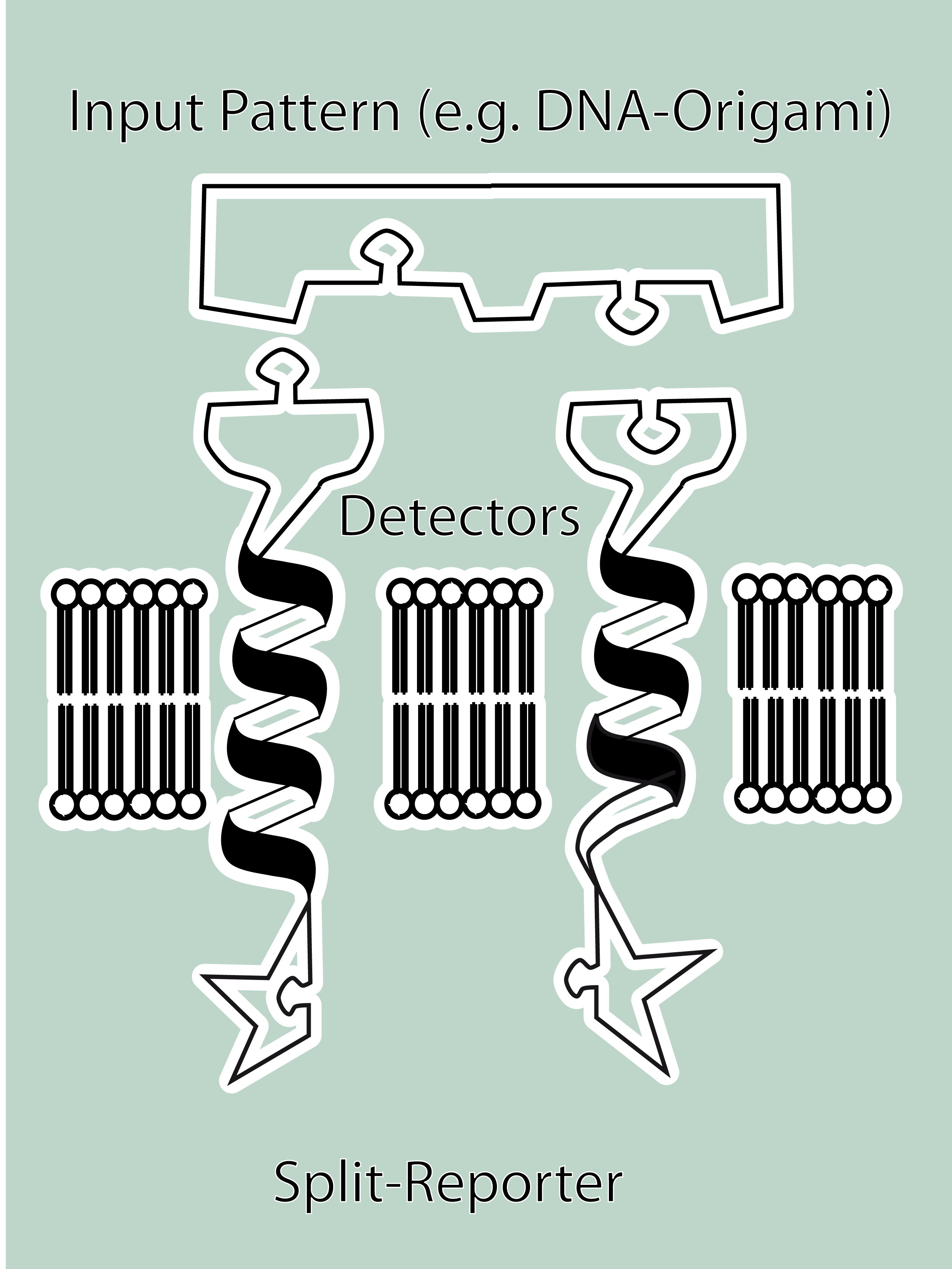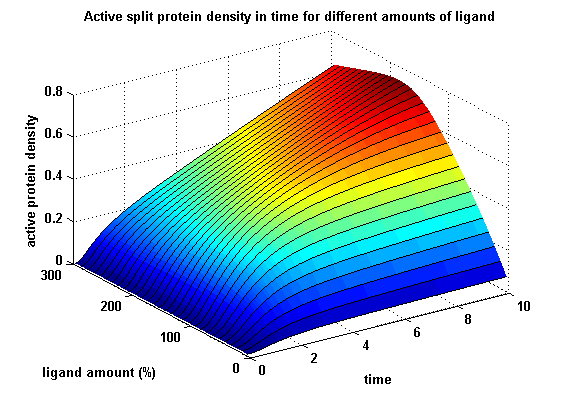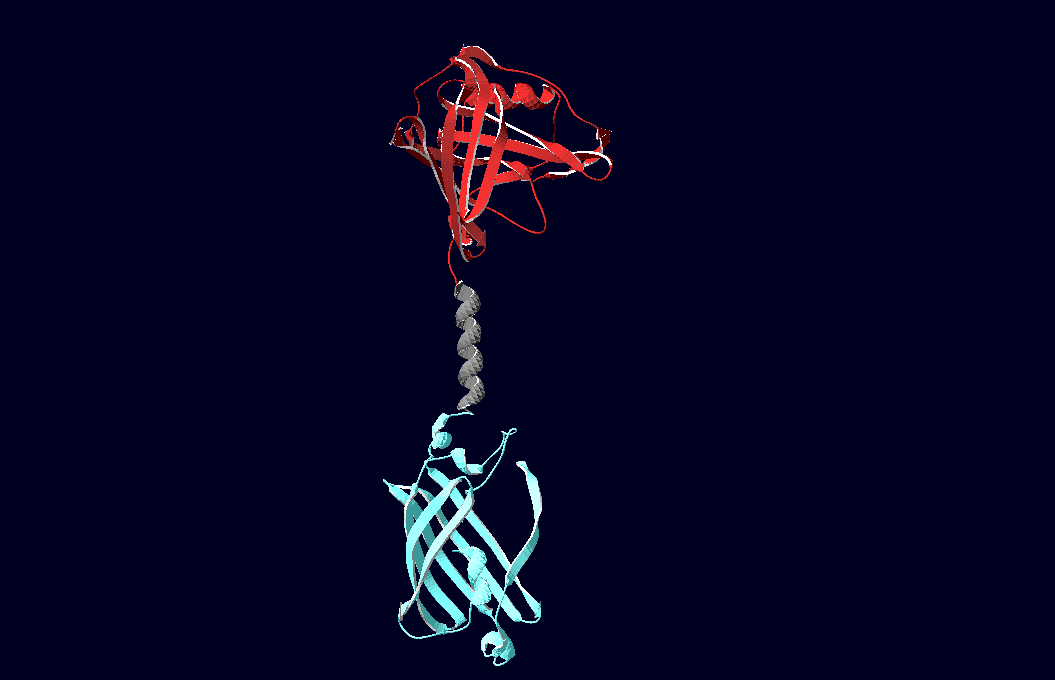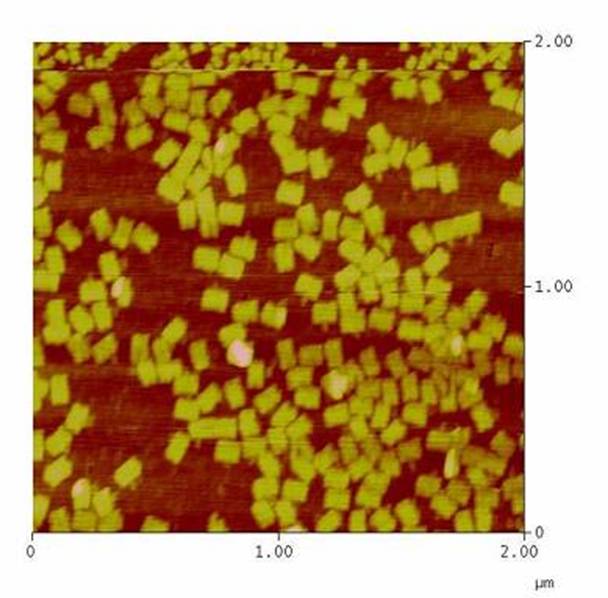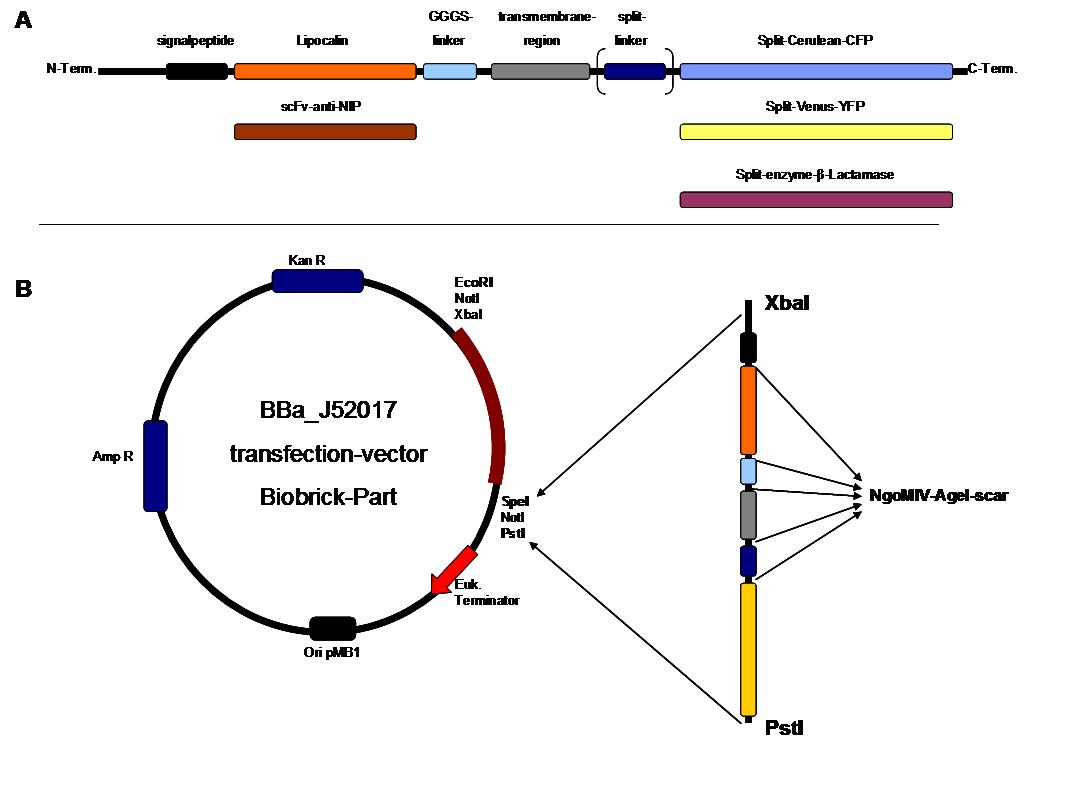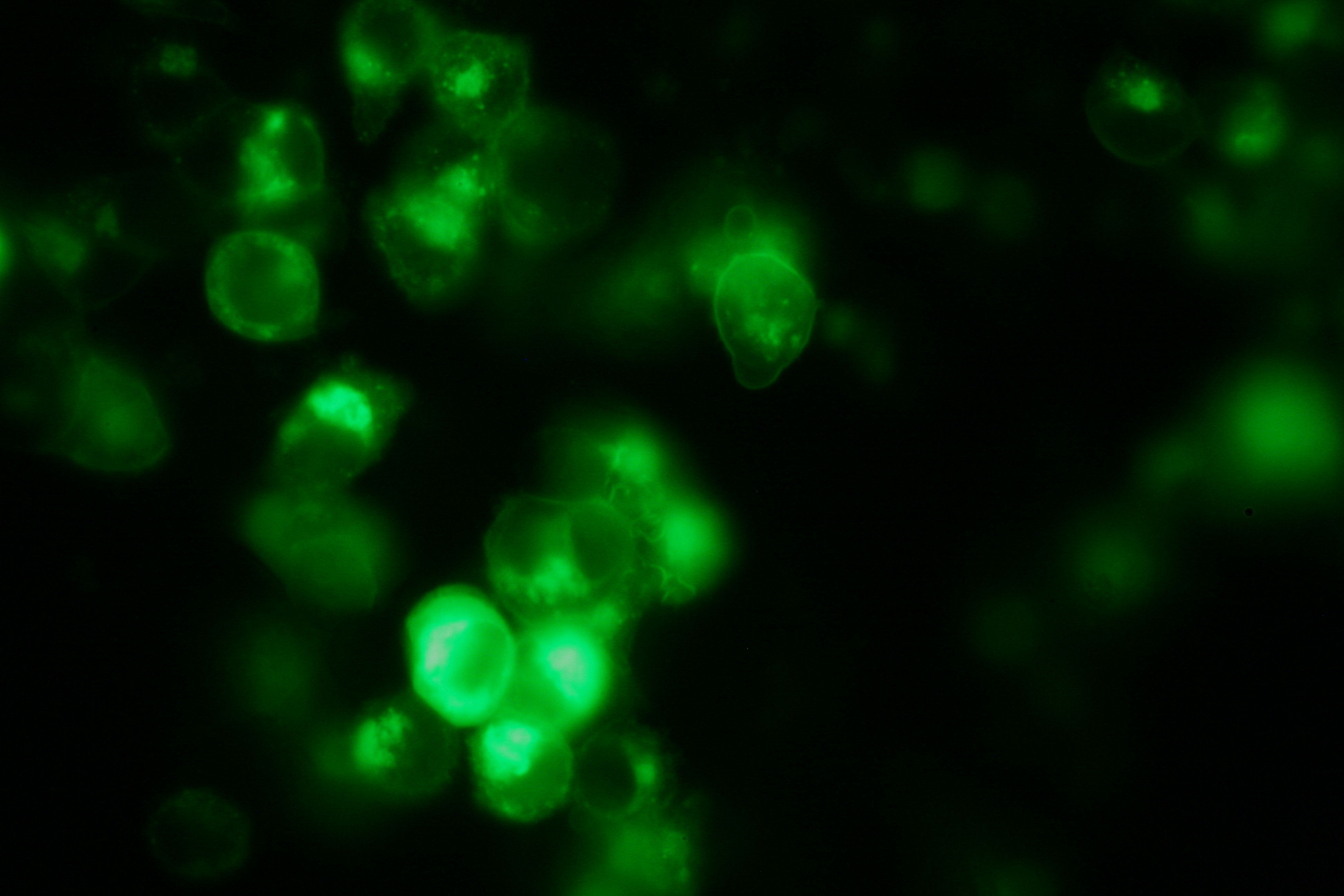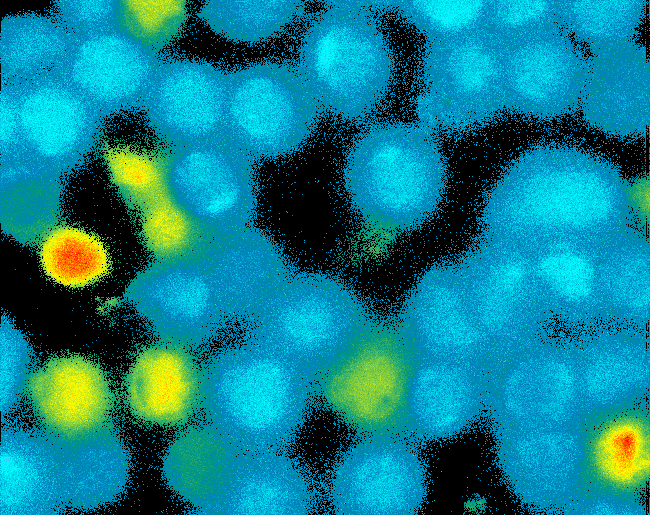Team:Freiburg/Project
From 2008.igem.org
m |
|||
| Line 24: | Line 24: | ||
<br><br> | <br><br> | ||
<h2>'''Subprojects'''</h2> | <h2>'''Subprojects'''</h2> | ||
| - | + | [[Team:Freiburg/Modeling|Modeling]]<br> | |
| - | + | [[Team:Freiburg/3D-Modeling|3D-Modeling]] | |
| - | + | [[DNA-Origami|DNA-Origami]]<br> | |
| - | + | [[Team:Freiburg_Cloning Strategy|Cloning Strategy]]<br> | |
<!--[[Team:Freiburg_Cell Culture|Cell Culture]]</h3><br>--> | <!--[[Team:Freiburg_Cell Culture|Cell Culture]]</h3><br>--> | ||
| - | + | [[Team:Freiburg_Transfection and Synthetic Receptor|Transfection and Synthetic Receptor Activation]]<br> | |
| - | + | [[Team:Freiburg_Calcium Imaging|Cell Stability, Ca2+ Signaling and DNA-Origami-Binding]]<br> | |
<h2>'''Highlights'''</h2> | <h2>'''Highlights'''</h2> | ||
| Line 37: | Line 37: | ||
<tr> | <tr> | ||
<td> | <td> | ||
| - | [[Team:Freiburg/Modeling|Modeling]]< | + | <h4>[[Team:Freiburg/Modeling|Modeling]]</h4> |
The dimerization of the extracellular receptor domains is a important necessity for the functionality of our Modular Synthetic Receptor System. Presenting the system a stimulus in the form of spatial arranged ligands (nitro-iodo-phenol or fluorescein molecules), the extracellular domains dimerize, thus the corresponding intracellular parts such as the split lactamase halves or split fluorescent proteins complement to measureable output. To analyse the theoretical functionality due to dimerization, two receptor dimerization models (one T cell receptor model and one general receptor model) are introduced and discussed and a proper model for the Modular Synthetic Receptor System is constructed. It consists of 10 reaction kinetic equations, 9 ordinary differential equations including 25 variable parameters. Matlab m-files are embedded for further inspection. | The dimerization of the extracellular receptor domains is a important necessity for the functionality of our Modular Synthetic Receptor System. Presenting the system a stimulus in the form of spatial arranged ligands (nitro-iodo-phenol or fluorescein molecules), the extracellular domains dimerize, thus the corresponding intracellular parts such as the split lactamase halves or split fluorescent proteins complement to measureable output. To analyse the theoretical functionality due to dimerization, two receptor dimerization models (one T cell receptor model and one general receptor model) are introduced and discussed and a proper model for the Modular Synthetic Receptor System is constructed. It consists of 10 reaction kinetic equations, 9 ordinary differential equations including 25 variable parameters. Matlab m-files are embedded for further inspection. | ||
</td> | </td> | ||
| Line 52: | Line 52: | ||
</td> | </td> | ||
<td> | <td> | ||
| - | [[Team:Freiburg/3D-Modeling|3D-Modeling]]< | + | <h4>[[Team:Freiburg/3D-Modeling|3D-Modeling]]</h4> |
We have created various three-dimensional models of our constructs using Pymol and SwissPdbViewer. <br> | We have created various three-dimensional models of our constructs using Pymol and SwissPdbViewer. <br> | ||
Pdb-files of the huge DNA-Origami molecule were created as adequate as possible using Nano-Engineer version 1.0 and then edited in Pymol. These Models were used to plan the spatial arrangement and, thus, input-pattern of antigens at a nanometer scale. | Pdb-files of the huge DNA-Origami molecule were created as adequate as possible using Nano-Engineer version 1.0 and then edited in Pymol. These Models were used to plan the spatial arrangement and, thus, input-pattern of antigens at a nanometer scale. | ||
| Line 62: | Line 62: | ||
<tr> | <tr> | ||
<td> | <td> | ||
| - | [[DNA-Origami|DNA-Origami]]< | + | <h4>[[DNA-Origami|DNA-Origami]]</h4> |
The creation of DNA-Origami was one of the first sub-projects we engaged in. Structural planing of the input pattern on the Origami-surface and order of the modified oligo-nucleotides were the first issues, increasing of the Origami-yield and measurement of the molecule´s stability in cell culture media the latter ones. | The creation of DNA-Origami was one of the first sub-projects we engaged in. Structural planing of the input pattern on the Origami-surface and order of the modified oligo-nucleotides were the first issues, increasing of the Origami-yield and measurement of the molecule´s stability in cell culture media the latter ones. | ||
</td> | </td> | ||
| Line 77: | Line 77: | ||
</td> | </td> | ||
<td> | <td> | ||
| - | [[Team:Freiburg_Cloning Strategy|Cloning Strategy]]< | + | <h4>[[Team:Freiburg_Cloning Strategy|Cloning Strategy]]</h4> |
All of our constructs were cloned successfully using our extended pre- and suffix and plasmid "pMA" (part Bba_K157000). The broad combinatorial range given by the modular concept was almost fully exploited, so that we ended up with the submission of 13 basic and 28 composite parts.<br> | All of our constructs were cloned successfully using our extended pre- and suffix and plasmid "pMA" (part Bba_K157000). The broad combinatorial range given by the modular concept was almost fully exploited, so that we ended up with the submission of 13 basic and 28 composite parts.<br> | ||
Once a construct was completed, it was cloned into the CMV-promoted transfection vector (part Bba_K157040) and used for transfection of 293T-cells. | Once a construct was completed, it was cloned into the CMV-promoted transfection vector (part Bba_K157040) and used for transfection of 293T-cells. | ||
| Line 87: | Line 87: | ||
<tr> | <tr> | ||
<td> | <td> | ||
| - | [[Team:Freiburg_Transfection and Synthetic Receptor|Transfection and Synthetic Receptor Activation]]< | + | <h4>[[Team:Freiburg_Transfection and Synthetic Receptor|Transfection and Synthetic Receptor Activation]]</h4> |
Transfection of 293T-cells has also been shown to work for most of our fusion proteins; so far, we could even show that at least our constructs with lipocalin FluA as extracellular domaine are integrated into the membrane.<br> | Transfection of 293T-cells has also been shown to work for most of our fusion proteins; so far, we could even show that at least our constructs with lipocalin FluA as extracellular domaine are integrated into the membrane.<br> | ||
All transfections were carried out with part Bba_K157040, one of our composite parts consisting of the transfection vector Bba_J52017 and a CMV-promotor. Due to the limited time range we were not able to activate/dimerize any of the various possible "receptor"-pairs yet, but we are hoping to receive a positive result in that concern until the jamboree. | All transfections were carried out with part Bba_K157040, one of our composite parts consisting of the transfection vector Bba_J52017 and a CMV-promotor. Due to the limited time range we were not able to activate/dimerize any of the various possible "receptor"-pairs yet, but we are hoping to receive a positive result in that concern until the jamboree. | ||
| Line 103: | Line 103: | ||
</td> | </td> | ||
<td> | <td> | ||
| - | [[Team:Freiburg_Calcium Imaging|Cell Stability, Ca2+ Signaling and DNA-Origami-Binding]]< | + | <h4>[[Team:Freiburg_Calcium Imaging|Cell Stability, Ca2+ Signaling and DNA-Origami-Binding]]</h4> |
Due to the small total amounts of DNA-Origami we could not use FACS to measure calcium influx and, thus, T-cell activation. The alternative we found were "Nano-Slides" for inverse fluorescence microscopy; T-cells were immobilized on the poly-L-Lysine coated slides and stimulated directly under the microscope. This procedure allowed real-time observation of calcium-influx. | Due to the small total amounts of DNA-Origami we could not use FACS to measure calcium influx and, thus, T-cell activation. The alternative we found were "Nano-Slides" for inverse fluorescence microscopy; T-cells were immobilized on the poly-L-Lysine coated slides and stimulated directly under the microscope. This procedure allowed real-time observation of calcium-influx. | ||
</td> | </td> | ||
Revision as of 23:36, 29 October 2008
|
Project Report |
_project report
SummaryModular Synthetic Receptor System In the following we provide a summary of our project and display the highlights of our achievements. For a more detailed view please see the reports of each subproject. The general goal of the Freiburg 2008 team is to establish a synthetic transmembrane receptor system comprising the extracellular input devices, the extracellular receiver domain, the transducer to the cytosol and the reporter/executor in the cytosol. SubprojectsModeling Highlights
LiteratureSplit-fluorophores: |
 "
"

